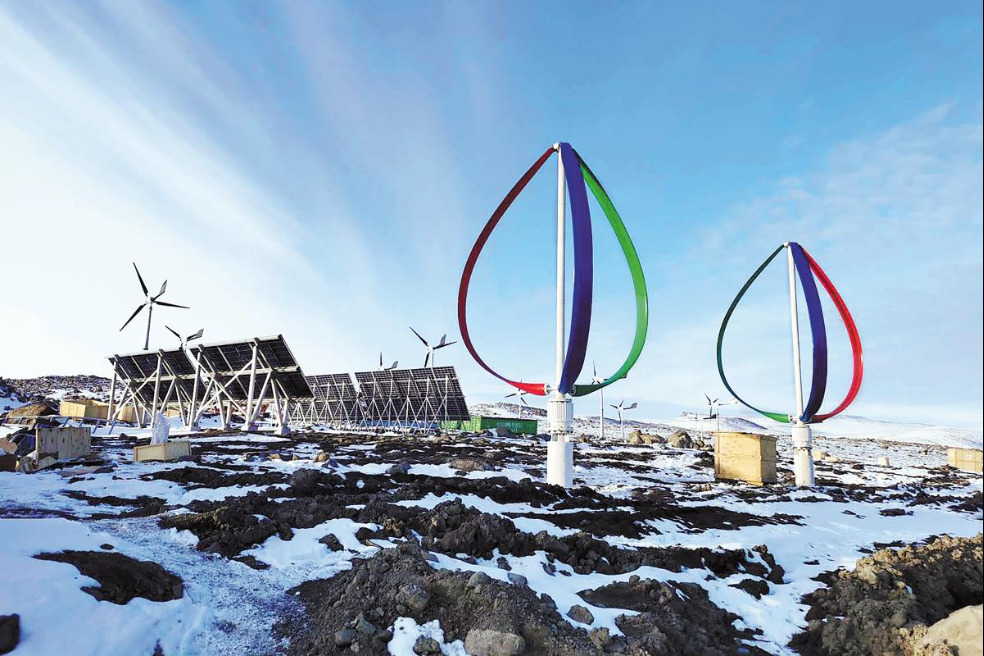Preserving the Potala Palace
Team of specialists and modern technology and equipment maintain the building's structural integrity and safety, Palden Nyima and Daqiong report in Lhasa.

Perched on crimson shoulders, Potala ascends a celestial stairway. Alabaster walls cradle golden roofs. Ancient stones murmur mantras, corridors breathe incense. Shadows dance with prayer flags, weaving time into silk. A sacred place in pilgrims' hearts, it guards the soul of this snowy plateau stretching vastly across western China.
As a UNESCO World Heritage Site, the Potala Palace in the heart of Lhasa, capital of the Xizang autonomous region, is one of the most iconic landmarks of the region, standing as a magnificent testament to Tibetan culture, ancient architecture and China's multicultural history.
Over the past decades, the Chinese government has invested heavily in the preservation of the Potala Palace, ensuring that this 1,300-year-old architectural marvel remains intact for future generations.
Through large-scale renovations, advanced technological monitoring and sustainable tourism management, the Potala Palace has been safeguarded against natural wear, structural risks and human impact.
First constructed in the 7th century by Tubo ruler Songtsen Gampo, the Potala Palace served as a royal palace and later a Buddhist administrative center. Much of its current structure dates back to the 17th century, following major expansion and reconstruction projects for the palace.
























